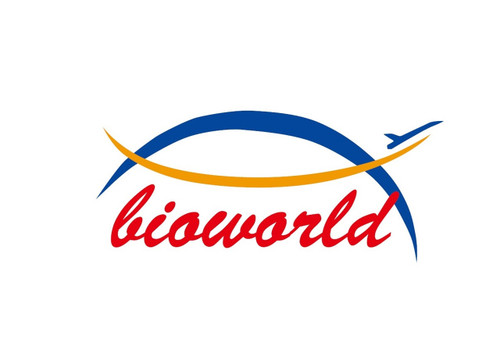Product Description
NET (Phospho-S357) polyclonal Antibody | BS64526 | Bioworld
Host: Rabbit
Reactivity: Human,Mouse,Rat
Application: WB IHC IF
Application Range: WB: 1:500~1:1000 IHC: 1:50~1:200
Background: Numerous cellular functions, such as proliferation, differentiation, apoptosis, vesicular trafficking, nuclear transport and cytoskeletal organization, are controlled by GTPases. It has become increasingly clear that GTPases act in cascades in which their activities are linked by GTPase-activating proteins (GAPs) and guanine nucleotide exchange factors (GEFs) . Researchers looking for new epithelial cell-specific oncogenes, using a highly efficient cDNA expression cloning system, have isolated the Ost oncogene from rat osteosarcoma cells. The Ost proto-oncogene protein contains DH and PH domains, catalyzes guanine nucleotide exchange on Rho A and Cdc42, and interacts specifically with the GTP-bound form of Rac1. The related NET1 protein also contains a DH domain and is ubiquitously expressed in a variety of tissues. Overexpression of NET1 in NIH/3T3 cells results in altered growth properties and tumorigenesis when injected into nude mice.
Storage & Stability: Store at 4°C short term. Aliquot and store at -20°C long term. Avoid freeze-thaw cycles.
Specificity: NET (Phospho-S357) polyclonal Antibody detects endogenous levels of NET protein only when phosphorylated at Ser357.
Molecular Weight: ~ 62 kDa
Note: For research use only, not for use in diagnostic procedure.
Alternative Names: ETS domain-containing protein Elk-3; ETS-related protein ERP; ETS-related protein NET; Serum response factor accessory protein 2; SAP-2; SRF accessory protein 2; ELK3; NET; SAP2
Immunogen: Synthetic phosphopeptide derived from human NET around the phosphorylation site of Serine 357.
Conjugate: Unconjugated
Modification: Phosphorylation
Purification & Purity: The Antibody was affinity-purified from rabbit antiserum by affinity-chromatography using epitope-specific immunogen and the purity is > 95% (by SDS-PAGE) .
Pathway:
 Euro
Euro
 USD
USD
 British Pound
British Pound
 NULL
NULL








